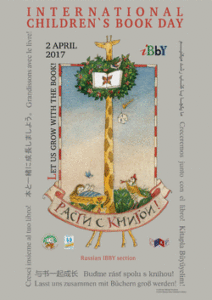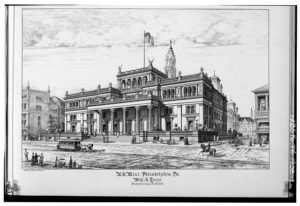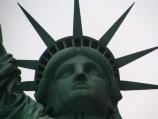 International Children’s Book Day honors Hans Christian Andersen’s birthday. The International Board on Books for Young Readers (IBBY) sponsors the event. Children could learn more at: http://www.ibby.org/index.php?id=269.
International Children’s Book Day honors Hans Christian Andersen’s birthday. The International Board on Books for Young Readers (IBBY) sponsors the event. Children could learn more at: http://www.ibby.org/index.php?id=269.
Juan Ponce de Leon discovered Florida in 1513. He had been on Columbus’s second voyage to the New World. Later he was commissioned by King Ferdinand to find Bimini, a legendary island that held the fountain of youth. At first Ponce de Leon thought Florida was an island. Because the area grew such lush vegetation, Ponce de Leon named it Florida, meaning full of flowers. He was killed by natives in 1521 when he tried to return to Florida to establish a colony. Children can learn more at: Ponce de Leon.
 First United States mint was established in Philadelphia in 1792. It produced silver half-dismes and dismes (now spelled dimes). The mint is still active, and other mints are functioning in Denver and San Francisco. Children could visit the mint’s website, particularly the games section, at: usmint.gov/kids. Idea: Children could debate the idea of eliminating the production of the penny.
First United States mint was established in Philadelphia in 1792. It produced silver half-dismes and dismes (now spelled dimes). The mint is still active, and other mints are functioning in Denver and San Francisco. Children could visit the mint’s website, particularly the games section, at: usmint.gov/kids. Idea: Children could debate the idea of eliminating the production of the penny.
Hans Christian Andersen (born Odense, Denmark, 1805; died Copenhagen, Denmark, August 4, 1875) wrote 168 stories and fairy tales. The son of a poor shoemaker, he moved to Copenhagen when he was 14. He wrote his first story in 1835. Famous stories include The Little Mermaid, The Emperor’s New Clothes, and The Ugly Duckling. He never married. In Denmark people celebrate birthdays by displaying banners. Students could make banners of Andersen’s various stories. Children can read his stories in a variety of languages at: Project Gutenberg. The Hans Christian Andersen Award, created by the International Board on Books for Young People, is bestowed every two years to the world’s best writers and illustrators of children’s books. Readers could learn more about Hans Christian Andersen and the Han Christian Andersen Award by reading the Children’s Book Award Handbook by Diana F. Marks.

Statue of Liberty
Frederic Auguste Bartholdi (born Colmar, Alsace, 1834; died Paris, France, October 4, 1904) designed the Statue of Liberty and actively raised funds for its construction.
Richard Bassett (born Cecil County, Maryland, 1745; died Maryland, either August 16 or September 15, 1815) represented Delaware at the Constitutional Convention. A former slave owner, he fought in the Revolutionary War. He served in the US Senate from 1789 to 1793. His son-in-law, grandson, and great-grandson also were elected to the US Senate. Children could learn more at: Richard Bassett.
Charlemagne (born birthplace unknown, 742; died Aauchen in what is now Germany, August 18, 814) became the ruler of the Franks in 768 and thus controlled Western Europe. Before he seized power, Europe was crumbling. “Charles the Great” restored the importance of education, arts, culture, law and order.
Ruth Heller (born Winnipeg, Canada, 1923; died San Francisco, California, July, 2004) wrote and illustrated books for children. She created at least 28 coloring books, and her children’s books include Chickens Aren’t the Only Ones and Galapagos Means Tortoises. One classic is The Egyptian Cinderella. Children could learn more at: Ruth Heller.
Anne Mazer (born Schenectady, New York, 1953) has written at least 45 books for children. Her books include The Salamander Room and The Oxboy. Children could visit her website at: Anne Mazer.
Amy Schwartz (born San Diego, California, 1954; died Brooklyn, New York, February 26, 2023) wrote and illustrated more than 60 books for children. Her books were humorous and relatable. Her books include A Teeny Tiny Baby and I Can’t Wait.